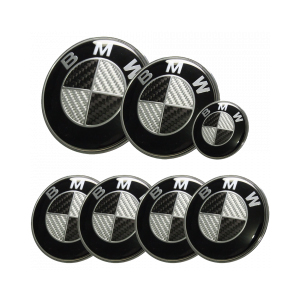Repairing a Leaking Transfer Case Drive Shaft Seal
 Any sign of oil stains beneath the vehicle, a decrease in oil level, or unusual noises during operation should prompt a check Any sign of oil stains beneath the vehicle, a decrease in oil level, or unusual noises during operation should prompt a check
Any sign of oil stains beneath the vehicle, a decrease in oil level, or unusual noises during operation should prompt a check Any sign of oil stains beneath the vehicle, a decrease in oil level, or unusual noises during operation should prompt a check transfer case drive shaft seal. If a leak is detected, immediate replacement of the seal is necessary to avoid more severe issues.
Replacing the seal is a job best left to professionals due to the precision required. It involves removing the drive shaft, dismantling the transfer case, and installing the new seal without damaging the surrounding components. Neglecting this task can lead to costly repairs down the line.
In conclusion, the transfer case drive shaft seal might be a small part in your vehicle's complex machinery, but its function is significant. It's a silent guardian, ensuring the smooth operation of your 4x4 system. Regular checks and timely replacements form a vital part of a vehicle's maintenance routine, extending the lifespan of your transfer case and overall driving experience. Remember, prevention is always better than cure, especially when it comes to automotive maintenance.
transfer case drive shaft seal. If a leak is detected, immediate replacement of the seal is necessary to avoid more severe issues.
Replacing the seal is a job best left to professionals due to the precision required. It involves removing the drive shaft, dismantling the transfer case, and installing the new seal without damaging the surrounding components. Neglecting this task can lead to costly repairs down the line.
In conclusion, the transfer case drive shaft seal might be a small part in your vehicle's complex machinery, but its function is significant. It's a silent guardian, ensuring the smooth operation of your 4x4 system. Regular checks and timely replacements form a vital part of a vehicle's maintenance routine, extending the lifespan of your transfer case and overall driving experience. Remember, prevention is always better than cure, especially when it comes to automotive maintenance. -
Understanding the Front Main Engine Seal: Purpose, Maintenance, and Installation
News Jul.29,2025
-
Understanding O-Rings and Seal Rings: Types, Applications, and Custom Solutions
News Jul.29,2025
-
Understanding Crankshaft Oil Seals: Rear Seals, Pulley Seals, and Their Role in Engine Integrity
News Jul.29,2025
-
The Importance of Front and Rear Crankshaft Seals in Engine Performance and Oil Management
News Jul.29,2025
-
Crank Oil Seals: Functions, Types, and Cost Considerations in Engine Maintenance
News Jul.29,2025
-
A Comprehensive Guide to O-Rings and Seals: Types, Materials, and Global Applications
News Jul.29,2025
-
Mastering Diesel and Performance Engine Maintenance: A Guide to Critical Oil Gaskets
News Jul.28,2025
Products categories















